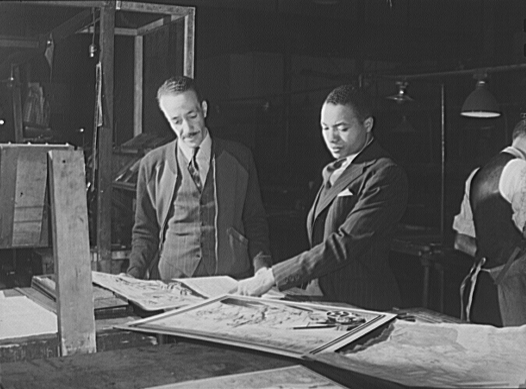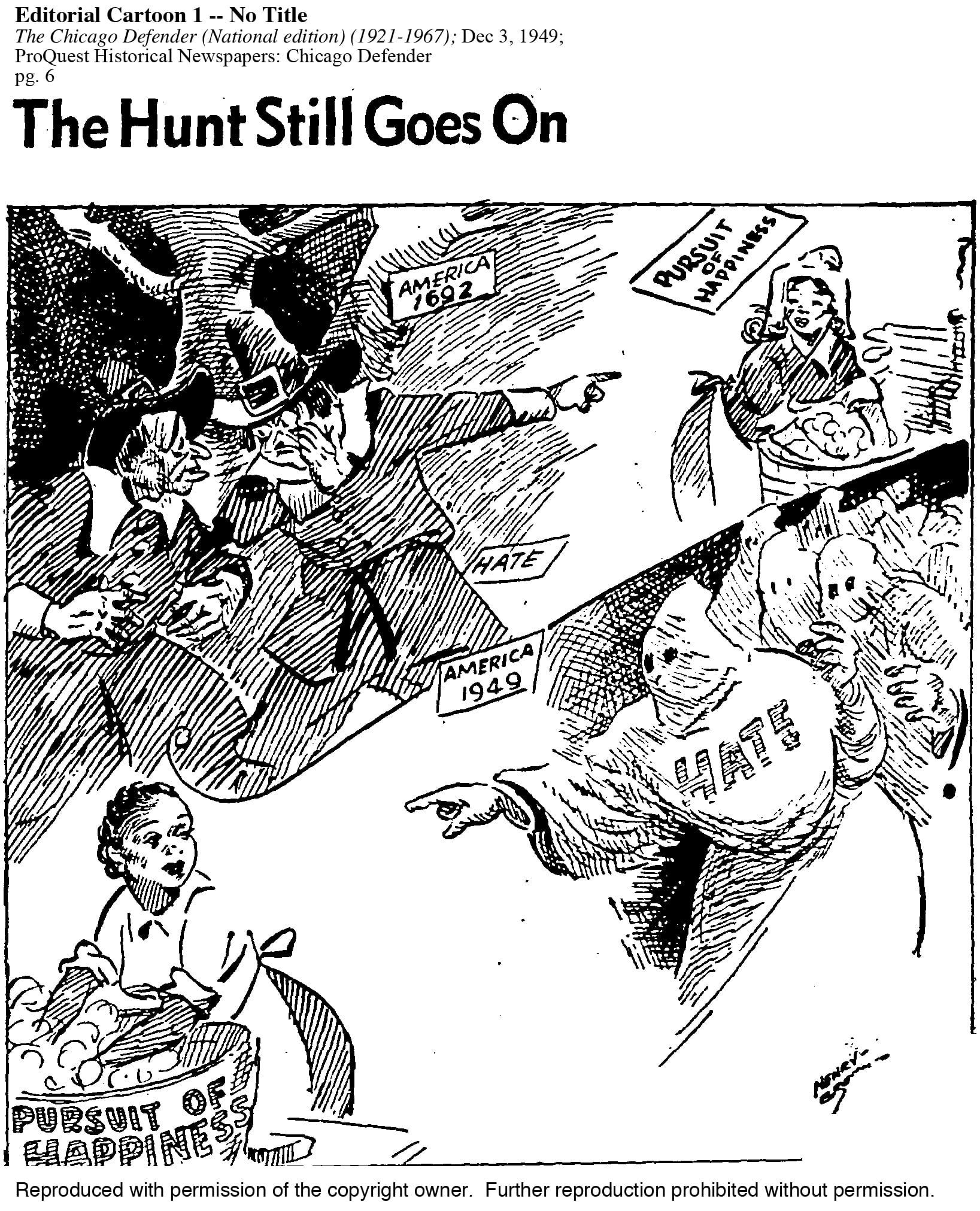Newspapers can be powerful agents of social change and newspapers can contain powerful primary sources for historical research. The Chicago Defender is powerful in both these ways, and is a great resource to check out when celebrating Black History Month.

Under the direction of its founder, Robert S. Abbott, and his successor, John H. Sengstacke, The Defender brought focus to the issue of segregation in the military and went head to head with Roosevelt, Truman, and Attorney General Francis Biddle to secure equal access to the Negro press in the White House. The Defender was instrumental in disseminating truths about the role of African Americans in the wartime effort of the 1940s–they were often relegated to paving roads and digging latrines rather than receiving technical training or fighting in combat–that helped end “hardcore segregation.” To learn more about the history of The Defender, read the New York Times review of Ethan Michaeli’s monograph, The Defender, at the NYT website or through Gleeson’s subscription to the NYT. While you’re at it, put a hold on Gleeson’s in-process copy of Michaeli’s work, or request it from another library.

Gleeson Library recently subscribed to the full archive of The Chicago Defender through ProQuest Historical Newspapers. You can browse or search nearly 70 years of the newspaper’s archives, from 1909 to 1975, to dig up primary source material that reveals the black press’s perspective on any issue you’re researching.
You may be interested in following the fight to end military segregation, so you could run a search with the keywords military segregation and use the date sliders on the left to narrow your time period. Bringing up the article “Another Score for Freedom” will not only provide a primary source in revealing the reaction to Minnesota Gov. Youngdahl abolishing segregation in the state’s National Guard in 1949, but will also reveal the context of this news. If you choose the tab labeled “Page View – PDF,” you will see a full image of the entire page, including all the pieces that ran along side “Another Score for Freedom”: Robert S. Abbott’s Defender Platform; opinion pieces such as “Superiority by Force,” “The Fight Goes On,” and “What The People Say;” the National Grapevine column; a political cartoon titled, “The Hunt Still Goes On;” and columns by Langston Hughes and Mary McLeon Bethune. One page alone from the Dec. 3, 1949 issue bears unbelievable riches for the historian interested in African American history.
Give it a try and see what you can discover. Even non-history majors can revel in this unbelievably deep and wide resource.

